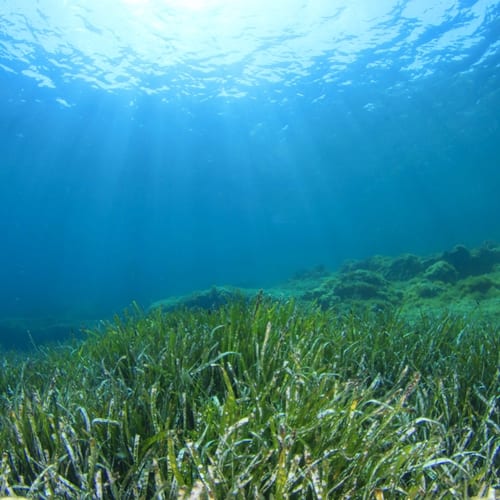The Japanese construction company Shimizu Corporation has announced an ambitious plan to create fully functional underwater living spaces that could be raised and lowered depending on weather conditions. Called "Ocean Spiral," this project would cost 3 trillion yen (more than $25 billion) but could conceivably be completed by 2030, according to information from the company published by RT.
This concept, one of many futuristic designs the company is considering, would let 5,000 people live under the sea in connected spirals that extend up into dome structures. The living areas would be supplied by a self-contained energy plant using state-of-the-art technology for methane processing, and it would also use green energy techniques to draw power from the ocean. The entire structure would reach down thousands of feet underwater to the ocean floor. The sphere part would float on the surface and the spiral would stretch the equivalent of nine miles.
A spokesperson from Shimizu was quoted in an article from AFP, who referenced the future of the project as science evolves. Though it involves new design, much of the sustainability of the underwater community would also depend on existing systems, like 3D printers.
"The company in cooperation with many organizations has spent two years to design the project working with technologies we think will be plausible in the future," this representative said. Other high-concept projects listed on Shimizu's website include "environmental islands" that would float on the Pacific Ocean and a series of manmade lakes that would make deserts more habitable.
Even for longterm and seemingly outlandish ideas like these, contractors should plan ahead by purchasing commercial diving insurance that allows construction workers and other underwater teams to operate safely.

